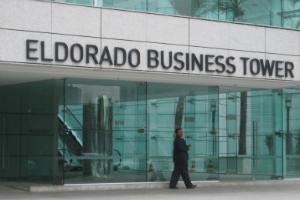 More and more constructions in Latin America are wrapped under LEED certifications, highlighting in the different projects aspects such as energy efficiency, use of alternative energies, improvements in indoor environmental quality, efficiency in water consumption, sustainable development of spaces, and of course, the selection of materials.
More and more constructions in Latin America are wrapped under LEED certifications, highlighting in the different projects aspects such as energy efficiency, use of alternative energies, improvements in indoor environmental quality, efficiency in water consumption, sustainable development of spaces, and of course, the selection of materials.
By Santiago Jaramillo H.
Today, more than ever, we can say that in Latin America there is a marked tendency to be responsible with the environment, that is why terms such as sustainability, efficiency and environmental quality have been coined with enormous importance, very famous these days in which many people, organizations and companies in charge of the development of projects bet on environmental care, being the LEED (Leadership in Energy & Environmental Design) certification the most recognized and prestigious on this side of the world.
Precisely because of this concern, ACR LATINOAMÉRICA was given the task of investigating in the region about the different buildings that are in favor of this type of green initiatives in order to make them known and, at the same time, make recognition for their work.
Currently Latin America has 42 constructions accredited by the Usgbc (US Green Building Council) with LEED certification, of them, eight are in the Certified category, twelve in the Silver, twenty-one in the Gold, and only one in the Platinum.
Of the Latin American countries, Brazil has the largest number of certified constructions, twenty-one in total, then there is Mexico with eleven, Chile with four, Colombia with two and Peru, Paraguay, Costa Rica and Panama with one.
In Brazil, the list of certificates is headed by Eldorado Business Tower, the only construction in the region that has the highest recognition granted by the Usgbc.
The list also highlights twelve constructions with the Gold certificate: Max Feffer Culture Center, Ecopatio Bracor Imigrantes, Fleury Medicina Diagnostica Rochavera, GBC Brasil, Pavilhao Vicky e Joseph Safra, Rochavera Corporate Towers - Torre B, Rochavera Torre A, Torre Vargas 914, Unilever TI, Ventura Corporate Towers - Torre Leste, and WTorre JK - Torre Sao Paulo.
With regard to Silver certifications, Brazil has five buildings with this mention, they are, Banco Real Agencia Bancaria Granja Viana, CD BOMI Matec, Delboni Auriemo - Dumont Villares, Morgan Stanley and WTorre Nacoes Unidas 1 e 2.
In the Certified section, this country has three buildings with the recognition: Braskem, Cidade Nova Building and Pao de Acucar.
Mexico, on the other hand, has six constructions with Gold certification (Centro Centrex Loreal, Coca-Cola Mexico, Grainger Mexico HQ, Lexmark LCCP Building, HSBC Mexico Tower and Vía Corporativo), two more with the Silver (CityExpress San Luis and Textron Internacional de México) and three with Certified (International Business Center – CIN, Multi-Tenant Hines I and Upper School Renovation and Third Floor)
In turn, Chile has two projects with Gold recognition and two more with Silver, they are, respectively, Edificio Costanera Cosas and Titanium La Portada, and Hotel: Posada de Mike Rapu and Homecenter Sodimac Copiapó.
Meanwhile, Colombia has among the certificates the Novartis New Building Bogotá with the Silver recognition and Falabella Centro Mayor with the Certified.
Peru has in the Gold category the Roche Laboratories building in Lima, Costa Rica and Paraguay a construction with the Silver award: Boston Scientific Coyol and New Headquarters Building, respectively. For its part, Panama has a project with the Certified label, the Panama NOB.
Top 5 green buildings
For this edition we wanted to highlight five of these projects in order to make our readers aware of some of the parameters by which the US Green Building Council granted them LEED certification and, at the same time, advance in the use of strategies that allow a global improvement in the environmental impact of the construction industry.
Eldorado Business Tower – Brazil
Eldorado Business Tower is the first construction certified in the Platinum category in Latin America.
The design of the Tower includes significant differences, which allowed to obtain the certification, the deployment and development of the land, the rational use of water, energy efficiency, use of sustainable materials and the care of natural resources and the environment were elements that played a preponderant role in achieving the certification.
Similarly, the reduction of operating costs and environmental impact, such as the streamlining of the collection and use of water resources through modern initiatives such as air conditioning by sectors and degenerative braking technology in elevators, which transfers the energy dissipated in the fall of an elevator to one that is increasing, they also added strategic points.
Roche Laboratories – Peru
Roche's laboratories in Lima, Peru, received LEED Gold certification thanks to the implementation of the first green offices in this country, which represents a contribution to the culture of protection and respect for the environment.
The certification was granted to its facilities, five floors of the Alto Caral building in San Isidro, in the Commercial Interiors category.
To receive this certification, compliance with six standards was taken into account, such as: Efficiency in the use of electrical energy and drinking water, quality of the indoor environment (air quality, thermal comfort, lighting, etc.), waste and emissions management, as well as impacts on the ground and management of rainwater runoff and erosion, operation of buildings; and useful life of the building (durability, adaptability to changes of use by the user.
Novartis New Building – Colombia
The new headquarters of the pharmaceutical multinational Novartis, located north of Bogotá, became the first Colombian building to obtain LEED certification in the Silver category.
This office project consists of 9,500 m2, nine floors and two basements. The offices were designed under the concept of open office.
One of its main features, apart from savings in lighting, is energy saving, through the use of a natural ventilation system.
The building has a system of dampers, which automatically achieve permanent comfort with a temperature between 18 and 22 degrees Celsius. This ensures permanent air circulation and, at the same time, a 37% saving in energy consumption. The meeting rooms and multiple lounge are equipped with CFC-free air conditioning equipment.
To save on the consumption of drinking water, the building has a tank for the storage of rainwater that is used in sanitary appliances. In this way, savings of 43% are generated.
At the same time, dry urinals were installed to save drinking water. In addition, the vegetation does not require irrigation with drinking water, rainwater is sufficient and in case of a long summer, it would survive with the humidity of the air.
One of the main features of this building is the use of green roof, which was carried out to help restore the natural habitat, the creation of green areas and avoid the heat island effect.
Titanium La Portada – Chile
The Titanium La Portada tower, one of the most emblematic projects built in Chile, was designed with the idea of reducing its environmental impact and carbon footprint, a process that will be maintained during its operation. Meanwhile, its technology will save more than 35% of energy compared to a similar building, but without its special equipment.
The Gold certification that was granted recognizes the effort of its creators to develop a sustainable building in the CS category (Core & Shell), a program designed specifically for free plan buildings, distinguishing this project for its environmental contribution to the city.
On the other hand, the tower exceeds by 50% the air renewal quota stipulated in the North American ASHRAE standard for office spaces and has air conditioning equipment that has a high efficiency in energy consumption.
HSBC Tower - Mexico
The HSBC Tower, located in Mexico City, obtained the Gold certification of the LEED system for contributing to sustainable development and environmental conservation.
Among the most important environmental features of the HSBC Tower can be counted that during the construction phase the drainage was not damaged, thanks to an erosion and sedimentation control system. In this phase, a waste separation system was also implemented for subsequent recycling.
The building is also designed to operate with less consumption of water, electricity, carbon dioxide emissions and waste. Its design of open spaces allows to take advantage of natural light more efficiently; It also has an intelligent lighting system that regulates the lighting automatically depending on the use of the area to be illuminated.
In the building, chlorofluorocarbons are not used in the air conditioning. In the same way, it has a water treatment plant that is used inside the construction.
The paints used do not contain harmful components and the carpets were made with natural and recycled materials. The furniture is Green Guard certified and has one of the largest green roofs in Latin America.










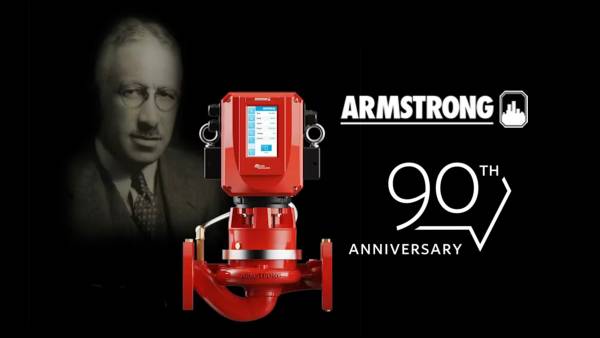
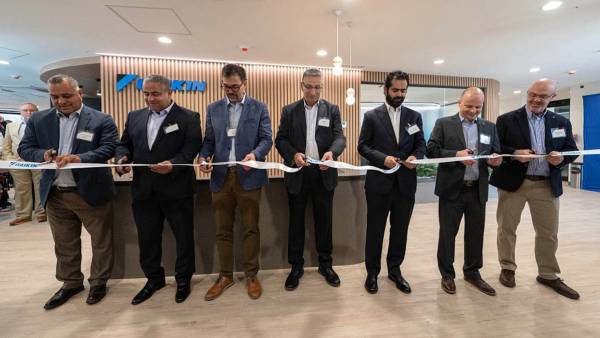
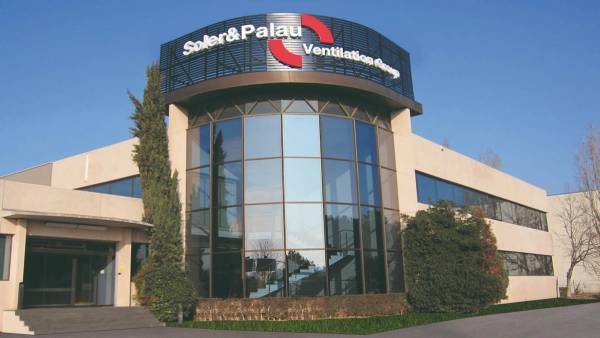
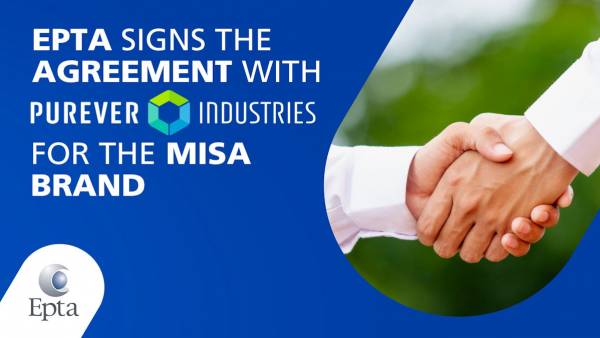
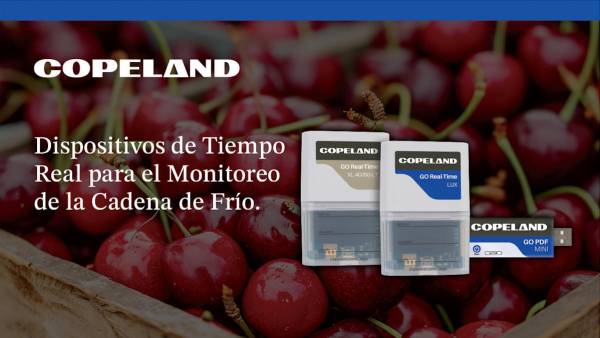
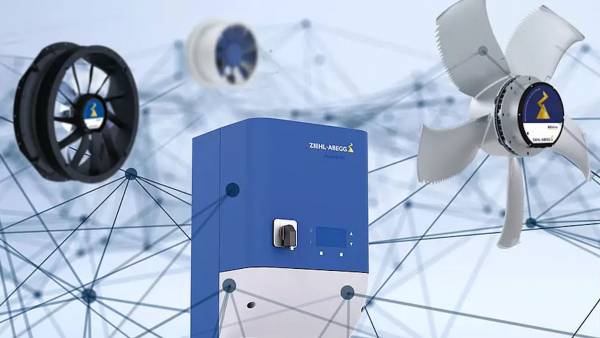
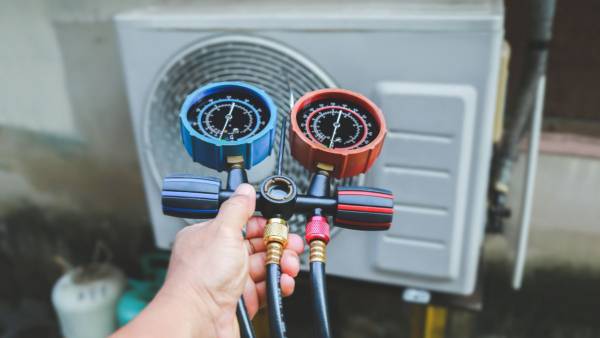







Leave your comment